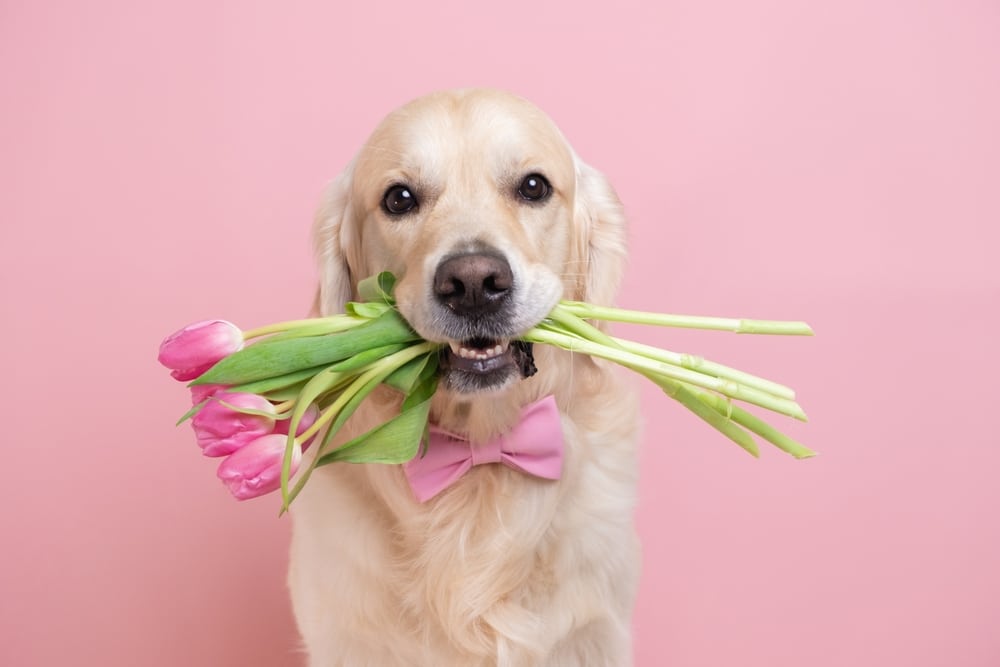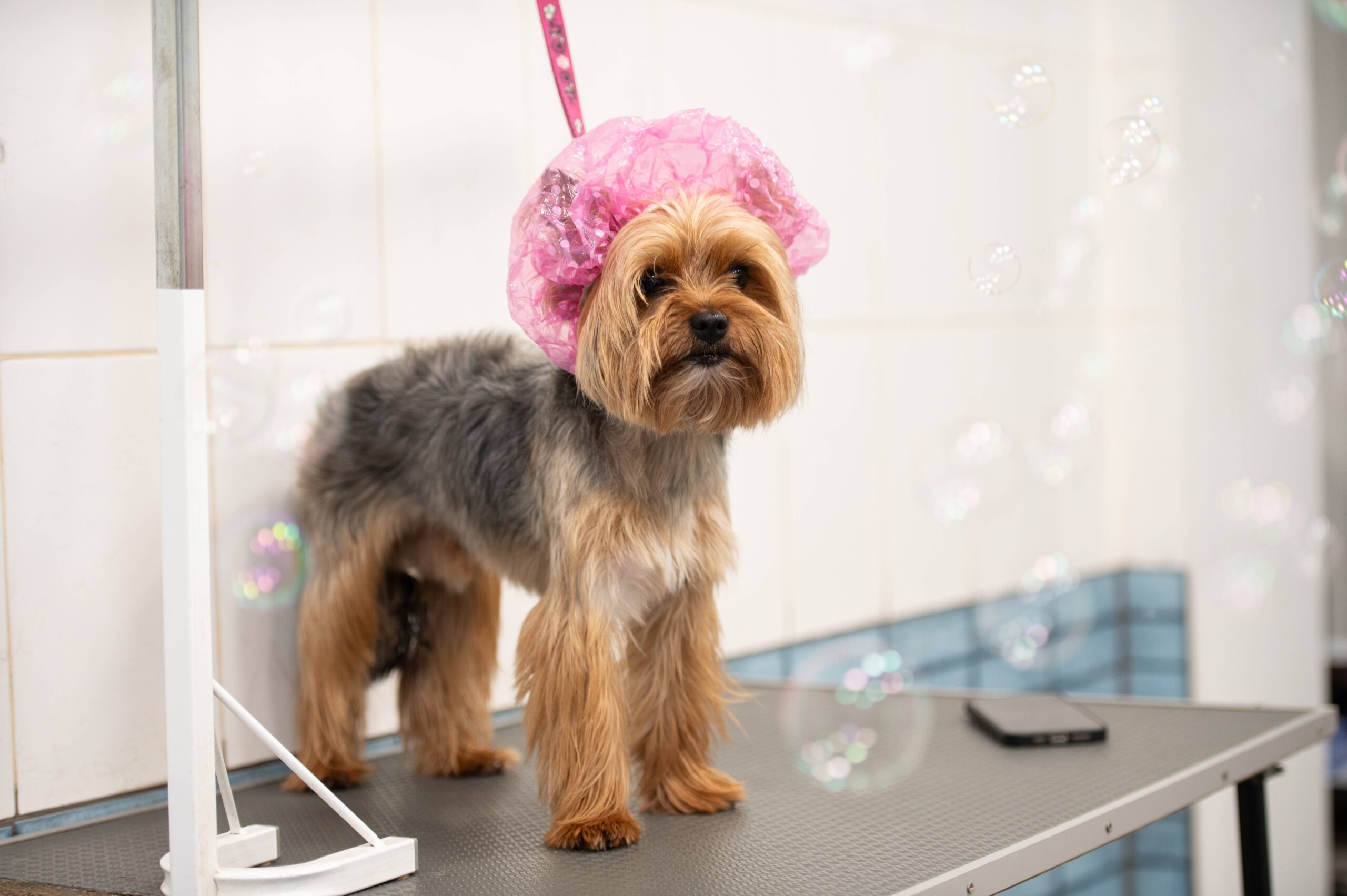To Clip or Not to Clip? A Guide to Popular Double Coat Dog Breeds
Most people who have a popular breed of dogs are of their pup’s specific attributes to make their relationship unique. Maybe one of your clients has a golden retriever who loves playing fetch.
Or they could have an exceptional German Shepherd who loves to sniff out a scent trail.
Did you know different breeds need different types of grooming depending on their coat?
Double coat dog breeds are more common than you think.
A double coat on a dog refers to the specific type of fur that makes up their coat. The type of hair can significantly affect how the dog’s coat grows and sheds. A double coat can also shed multiple times a year in a seasonal “shedding period.”
What does your client’s dog need to stay adequately groomed? Clipping or a simple scissor trim?
Double coat dog breeds need special attention when it comes to the upkeep of their furry coat. Proper coat maintenance and patience during the shedding season are crucial to your pet’s health and safety.
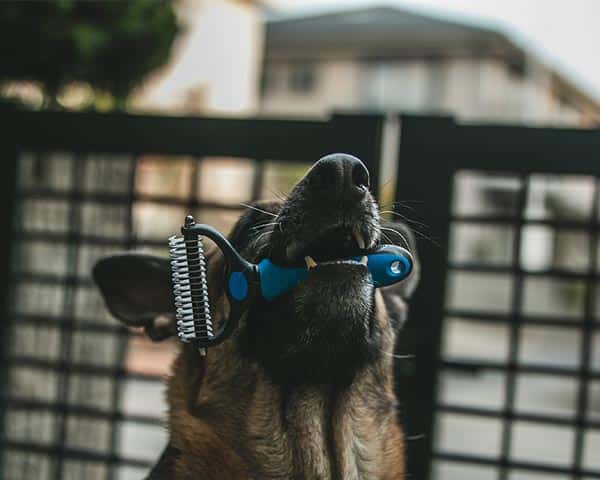
What Are Double Coat Dog Breeds?
Double coated dog breeds have a coat that seems to have a mind of its own. A double coast is precisely as it sounds. This type of coat grows in sections.
The bottom layer is a more refined, more delicate type of hair that works to insulate and add bulk to the longer and more coarse primary hair type.
The primary coat is the coat you are used to seeing on dogs. The primary coat is the layer that consists of a dog’s unique color or a wide variety of markings.
Aside from growing in multiple layers, a double coat has a shedding cycle. This cycle maintains the appropriate level of warmth or insulation the animal needs. The shedding cycle is affected by weather conditions and environmental factors.
When warmer weather begins to take shape in the spring and summer, the double coat’s undercoat begins to fall.
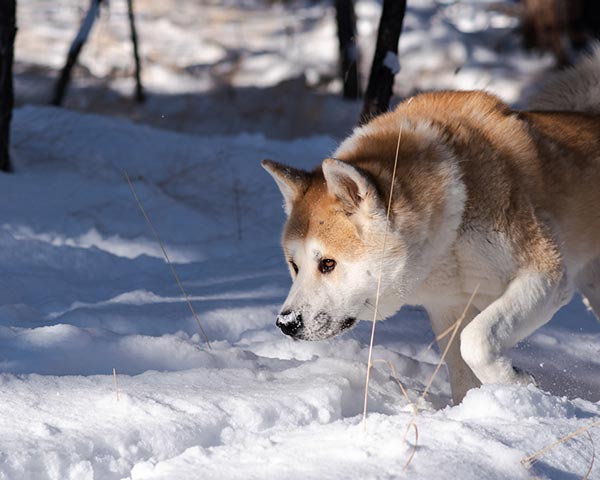
All double coat dog breeds are mostly adventurous. Think mountain and water dogs—giant fluffy breeds like Huskies, Akitas, A German Shepard, and a Labrador retriever.
The undercoat is produced and shed in cycles. The primary coat (glossy and shiny topcoat)has longer hair, mostly for protection from the elements. These hairs are much longer and work as a shield from rain and snow in the winter.
The secondary coat is mostly for bulk and insulation.
This insulation is not only for colder seasons and templates, but it also helps to regulate a dog’s body heat in summer, when the weather is warm.

Since a dog’s only sweat glands are on their paw pads, the only other escape of body heat is through panting of their coat’s insulation. While the insulation has different purposes, the double coat is not super thick all year round.
Quite the opposite is true. When the double coat is appropriately maintained and cared for, the shedding amount can be manageable. Encourage your clients to make a regular grooming appointment if their dog has a double coat.
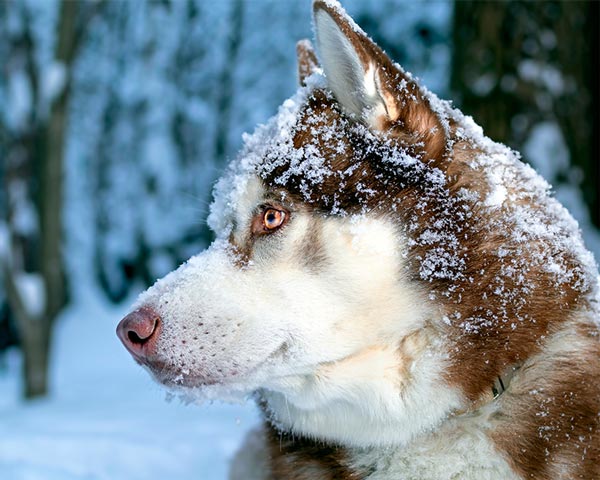
How to Remove a Double Coat
The eternal argument in the world of double coat dog grooming is a straightforward question—to clip or not to clip? Think of clipping as precisely that. It’s a haircut for your dog, like a buzz cut with clippers.
Is clipping appropriate for your dog if their breed has a double coat?
The answer is likely no—clipping or cutting a double coat may be a cardinal sin.
Removing or cutting a dog’s double coat could disrupt the entire multi-prong shedding process. Long double-coated dog breeds need their fur to shed in cycles.
These cycles are critical if mountain dogs live in their original climate. Think of a husky with no insulation or fully grown topcoat in the winter in Alaska.
Cutting a dog’s double coat could affect their body temperature and ability to fight the cold or heat. It is advisable to go ahead and give that undercoat a trim for sanitary reasons if the hairs get too long.
It is incorrect to clip a dog’s coat from the primary coat inward.
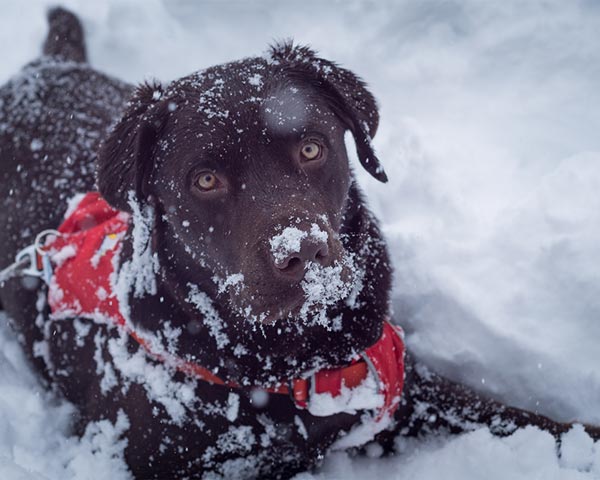
How to Maintain A Double Coat
A double coat can be maintained adequately if appropriately brushed. The goal of brushing and bathing a dog with an undercoat to make sure the bottom layer sheds appropriately. If the bottom coat does not get rid of its access hair twice a year properly, damage can occur. The double coat can become matted.
Once all that trapped hair starts to collect under the primary coat matting, these discarded hairs can become tangled with the topcoat’s primary hairs. This situation is one you would like to avoid at all costs.
A double coat that is badly tangled will you professional grooming assistance,
If your clients bring in their dogs with double coats and have continued issues with upkeep, give them some pointers. Properly bathing, brushing grooming can keep a dog with an intense coat in tip-top shape.
Under no circumstances should you give a dog with a double coat a cut. Firstly, it will not look desirable, and your client may not be happy with the results. Secondly, if a dog with a double coat receives a haircut that is too short, their secondary coat may take years to return to its original luster.
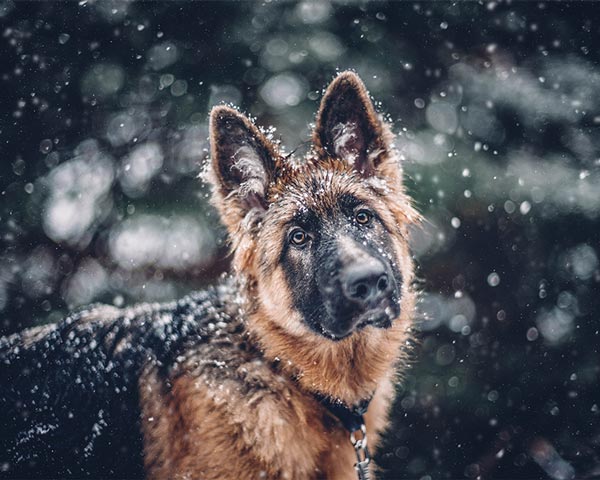
All Double Coat Dog Breeds Need Love
Double coat dog breeds require a little extra patience. Many of your clients may not be aware of this. Double coats are not a common topic of discussion outside of the grooming industry.
After you see a dog for grooming services, it is perfect for educating the pet owner about proper cleaning and grooming habits, especially if their dog had a double coat.
Do not be afraid to initiate a conversation as a vehicle to educate a pet owner about things they may have overlooked.
Clipping is never the answer to a simple issue of coat maintenance. Be diligent. Educate your clients on how to provide the best care for their pets.
